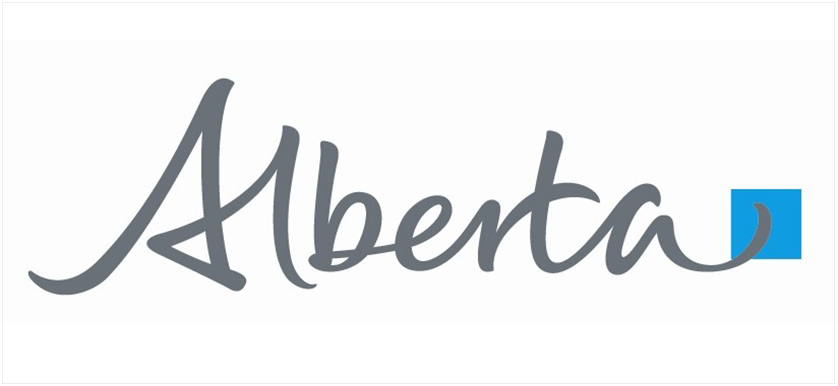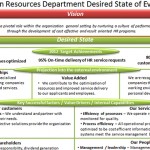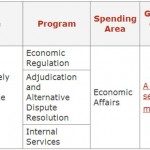Strategic Planning in the Alberta Government, Canada
 The reasons for initiating strategic planning can vary from one organization to another, but its positive outcomes are generally the same. Strategic planning supports the clarification of the desired state of evolution and provides the framework for future projects, for improving performance and aligning employees efforts to strategy. The end result is that all these elements will enable the organization to provide better value for money for its customers or citizens.
The Alberta Government has acknowledged the importance of strategic planning and has identified 9 benefits for undertaking a strategic planning process, all mentioned in the first part of its strategy manual. These benefits are:
The reasons for initiating strategic planning can vary from one organization to another, but its positive outcomes are generally the same. Strategic planning supports the clarification of the desired state of evolution and provides the framework for future projects, for improving performance and aligning employees efforts to strategy. The end result is that all these elements will enable the organization to provide better value for money for its customers or citizens.
The Alberta Government has acknowledged the importance of strategic planning and has identified 9 benefits for undertaking a strategic planning process, all mentioned in the first part of its strategy manual. These benefits are:
- Clarifying future direction;
- Establishing priorities;
- Developing effective strategies;
- Considering the future consequences of your decisions;
- Dealing effectively with rapidly changing circumstances;
- Improving internal management and organizational performance;
- Building internal teamwork and expertise;
- Building external partnerships and increase co-ordination;
- Strengthening relationships with clients and customers.
- Where is the organization now?
- Where does it want to be in the future?
- How will it get there?
- How does it measure its progress?
- „Internal/External Assessment – environmental scans, customer analysis, quality assessments;
- Mission and Principles – comprehensive statement of the organization’s purpose, core values;
- Vision – compelling image of desired future;
- Goals and Objectives – general end purposes, specific and measurable targets for accomplishment;
- Action Plans – detailed work plans;
- Performance Measures – methods to ensure results, ensure accountability and continous improvement-linked performance targets;
- Monitoring and tracking – systems to monitor progress.”
- Objectives have an embeded desired level of results (targets), but also a timeframe and responsible person to ensure the achievment of the statement. Usually they should start with verbs, to indicate clear actions that must be taken, like: „Increase maket share to 20% by the end of the fiscal year under Sales Director coordination”. Also, targets should not be mentioned within the objectives;
- Goals are similar with strategic themes, they are clusters of expectations, grouping more objectives. Examples of goals are: service and quality, community, environmental impact or operational excellence. The 2014-17 Strategic plan of Alberta has three goals: Investing in Families and Communities, Securing Alberta’s Economic Future, Advancing World-leading Resources Stewardship;
- A recommended terminology for performance measures is „Key Performance Indicators (KPIs)” which are a measurable expression of a desired level of results in an area considered relevant for the entity evaluated;
- Systems, or better said instruments, used to monitor KPIs are scorecards and dashboards. Scorecards are used to track KPI results at the organizational, departmental and individual level, while dashboards are more popular at the operational level.
- Key stakeholders’ constant involvement and active participation in the process;
- Keeping the processes and instruments simple;
- Adapting the processes and instruments to the specific context;
- Setting accountability and follow-up in place from the beginning of the process;
- Providing training for all parts involved;
- Ensuring everyone is well informed through a constant communication process;
- Celebrating successful outcomes.
- First Nations of Quebec and Labrador Economic Development Commission (2010), Strategic planning
- Alberta Government (2014), 2014-17 Strategic plan: Building Alberta
- The KPI Institute (2014), The KPI Certified Professional Training Course

Tags: Performance in Canada, strategic planning, Strategy





